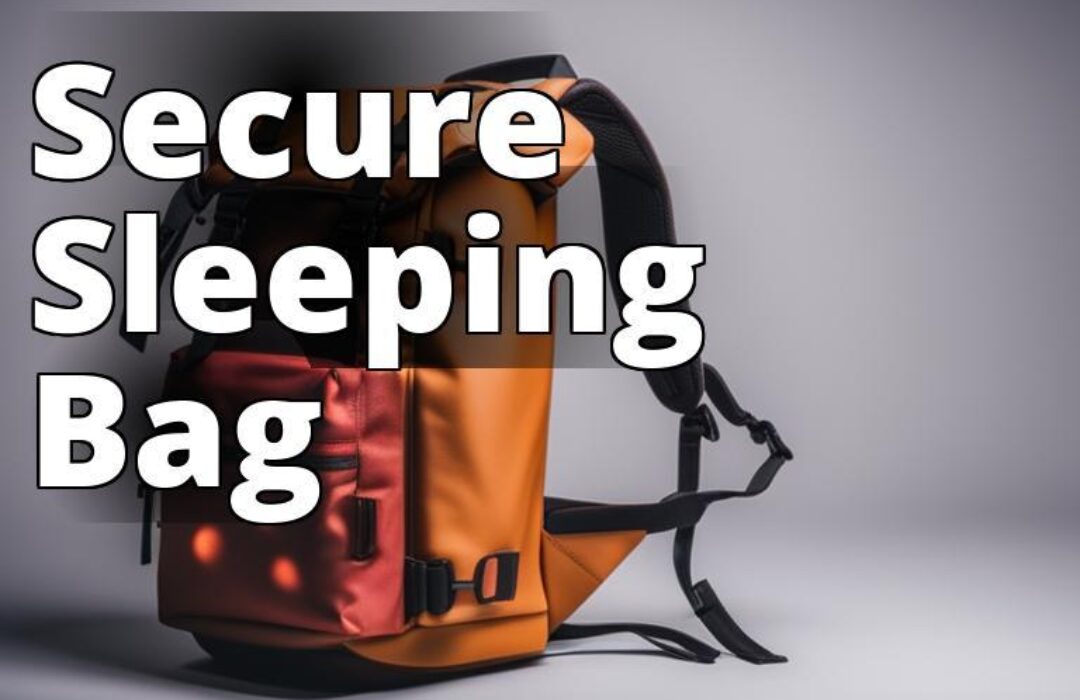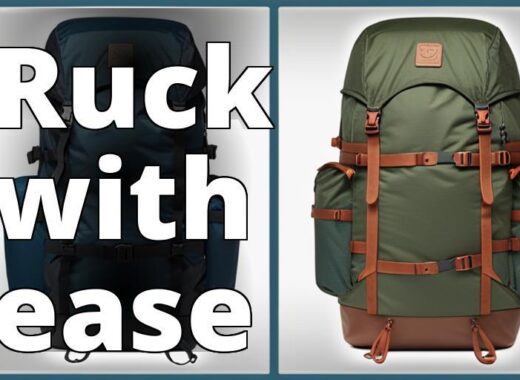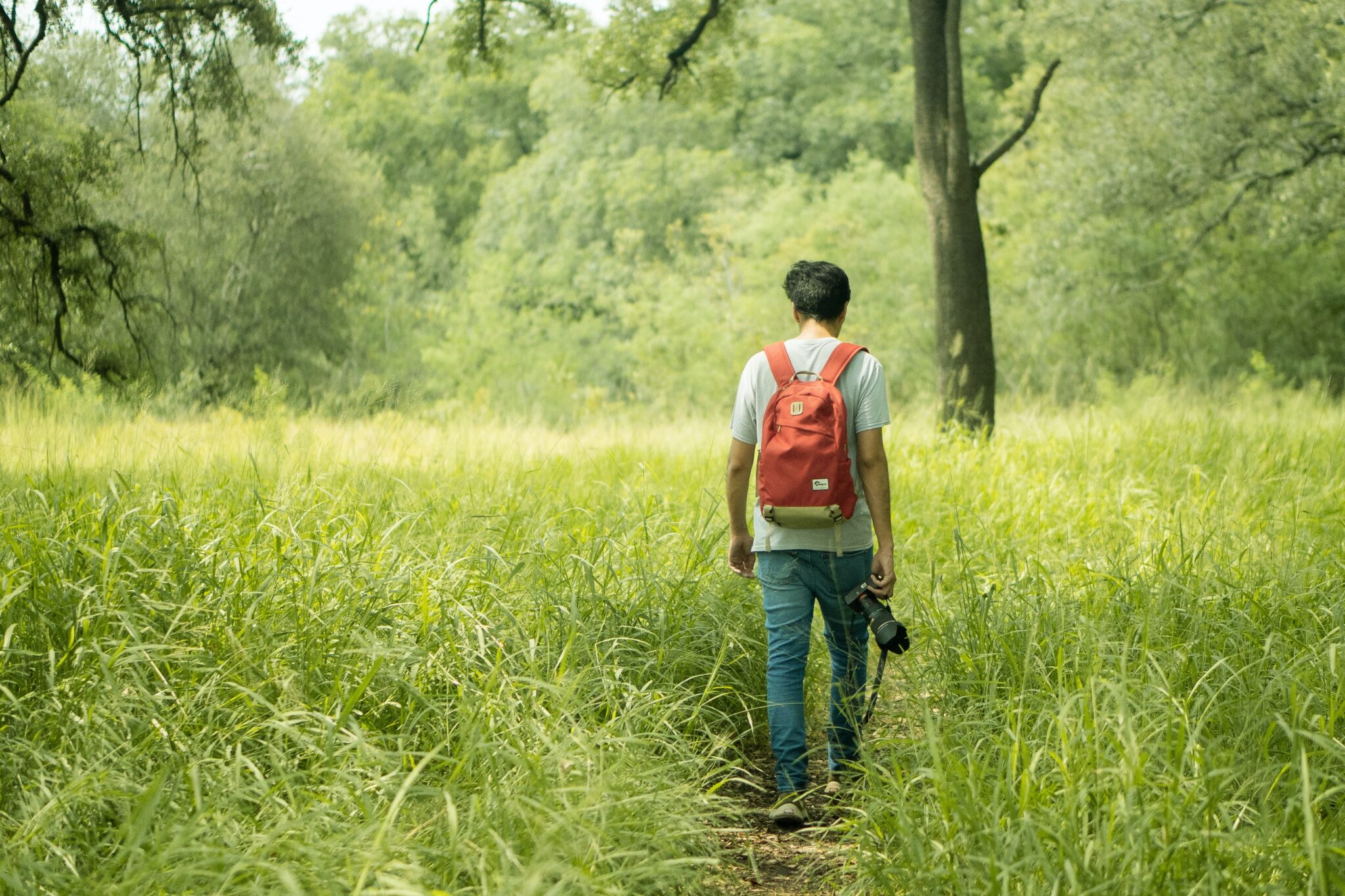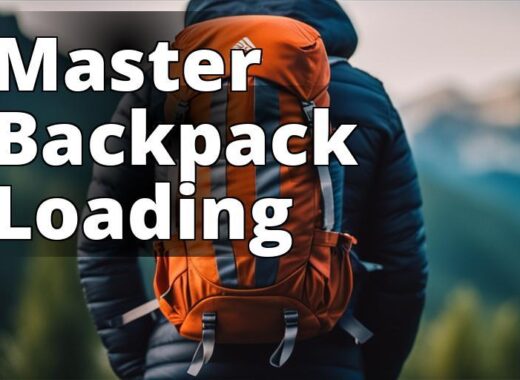Are you wondering how to pack your sleeping bag onto your backpack for your next camping or hiking trip? Look no further! This comprehensive guide will take you through the steps of attaching your sleeping bag to your backpack for a comfortable and enjoyable outdoor adventure.
Why Choosing the Right Backpack is Important
Choosing the right backpack is crucial to ensure a comfortable and successful backpacking experience. It’s essential to look for a backpack with external attachment options, such as loops, daisy chains, and straps that allow you to attach your sleeping bag outside of your backpack.
Different types of backpacks are suitable for attaching a sleeping bag, such as daypacks and overnight backpacks. Overnight backpacks are generally larger and more spacious, making them an excellent choice for longer trips. These backpacks often have more external attachment options, making it easier to attach your sleeping bag.
Attaching Your Sleeping Bag to Your Backpack: A Guide
- Choosing the right backpack with external attachment options is important.
- Choosing the right sleeping bag compression sack is crucial.
- Properly packing your sleeping bag and attaching it to the backpack is essential for a comfortable hiking experience.

Selecting the Right Sleeping Bag Compression Sack
Compression sacks are essential for packing your sleeping bag tightly, saving space, and making it easier to carry. When selecting a compression sack, look for one that is waterproof, durable, and lightweight.
Waterproof compression sacks are ideal for wet environments, ensuring your sleeping bag stays dry. Lightweight compression sacks are perfect for backpacking, as they don’t add extra weight to your load. Consider the size of your sleeping bag and select one that fits snugly. The material of the compression sack is also essential, as it should be durable enough to withstand the rigors of backpacking.

Packing Your Sleeping Bag
Properly packing your sleeping bag is essential to ensure it stays compressed and secure on your backpack. Stuff your sleeping bag into the compression sack, starting with the foot of the sleeping bag into the bottom of the compression sack, then work your way up, stuffing the rest of the bag in.
Once your sleeping bag is in the compression sack, tighten the straps to compress the sleeping bag. Compress the sleeping bag as much as possible to save space in your backpack.
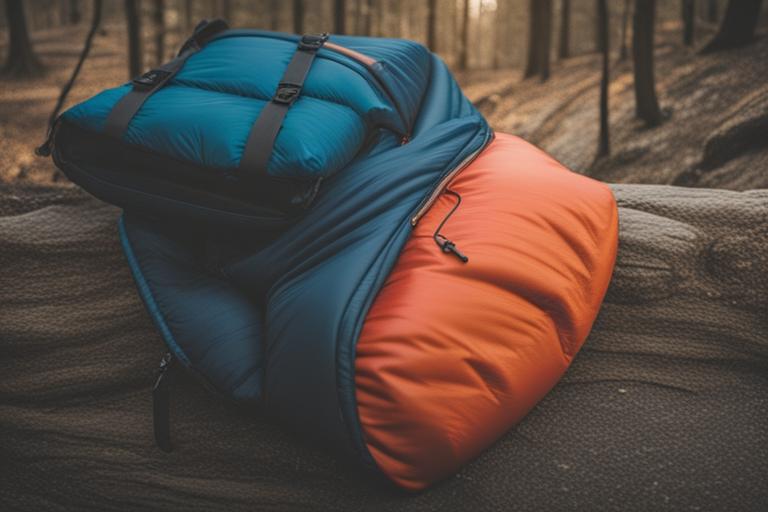
Attaching the Sleeping Bag to the Backpack
There are several methods for attaching a sleeping bag to a backpack, including using the backpack’s bottom straps, top straps, or carabiners. To use the backpack’s bottom straps, loosen them and place your sleeping bag in the bottom of your backpack. Tighten the straps to secure the sleeping bag to the bottom of the backpack. This method is ideal for larger sleeping bags that won’t fit inside the backpack.
To use the backpack’s top straps, place the compression sack on top of your backpack and tighten the straps to secure it. This method is ideal for smaller sleeping bags that can fit inside the backpack. If your backpack doesn’t have bottom or top straps, use carabiners or straps to attach the compression sack to the backpack. Attach the carabiners or straps to the loops or daisy chains on your backpack and tighten them to secure the compression sack.
Adjusting the Backpack
After attaching your sleeping bag to your backpack, it’s essential to adjust the backpack to ensure comfort and balance. Start by adjusting the shoulder straps and hip belt to distribute the weight evenly. Ensure the backpack is snug but not too tight, allowing for proper ventilation and movement.
Load distribution is also essential for a comfortable backpacking experience. Make sure the heaviest items are close to your back, with lighter items towards the top of the backpack. This distribution of weight will help you maintain balance and reduce the strain on your back and shoulders.
Practice Packing
Before heading out on your next camping or hiking trip, practice packing your backpack. Try to fit all your gear, including your sleeping bag, into your backpack comfortably. Make adjustments as needed to ensure everything fits snugly and securely.
Packing efficiently is also essential for a successful backpacking trip. Pack items you will need during the day, such as a water bottle and snacks, towards the top of your backpack for easy access. Keep items you won’t need until camp, such as your sleeping bag and stove, towards the bottom of your backpack.

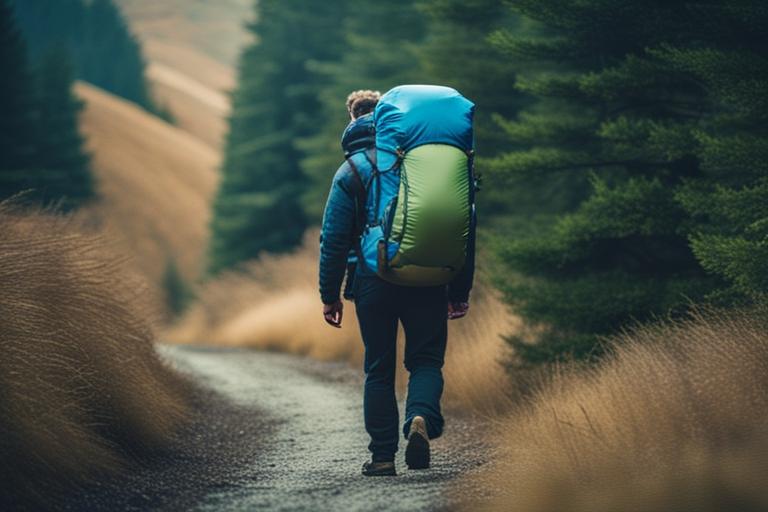
Pros and Cons of Attaching a Sleeping Bag to Your Backpack
Pros
- Saves space inside the backpack
- Allows for easy access to the sleeping bag
- Provides more space inside the backpack for other gear
Cons
- Can be challenging to attach the sleeping bag securely
- Can add extra weight to the outside of the backpack
- May cause the backpack to become unbalanced
| Question | Answer |
|---|---|
| How do I know if my backpack is suitable for attaching a sleeping bag? | Look for a backpack with external attachment options, such as loops, daisy chains, or straps. |
| Can I attach a sleeping bag to any backpack? | No, not all backpacks have external attachment options. Look for backpacks designed for camping and hiking, with loops, daisy chains, or straps. |
| Can I pack my sleeping bag without a compression sack? | It’s not recommended to pack a sleeping bag without a compression sack, as it will take up too much space in your backpack. |
| How do I adjust my backpack for comfort? | Adjust the shoulder straps and hip belt to distribute the weight evenly. Ensure the backpack is snug but not too tight, allowing for proper ventilation and movement. |
Frequently Asked Questions
Personal Experience: Choosing the Right Backpack
When I first started hiking, I made the mistake of using a regular school backpack to carry my gear. It wasn’t long before I realized the importance of investing in a proper backpack for my backpacking trips. I opted for an overnight backpack that had external attachment options, specifically daisy chains and loops, which were perfect for attaching my sleeping bag.
The daisy chains allowed me to adjust the height of the sleeping bag on my backpack, which was helpful when I needed to access items in my backpack’s main compartment. The loops were strong enough to secure the sleeping bag to the bottom of the backpack, preventing it from swinging around during the hike.
I also found that having a backpack with a padded hip belt made a tremendous difference in my overall comfort while hiking. The hip belt allowed me to shift the weight of the backpack from my shoulders to my hips, making the load feel lighter and more balanced.
Investing in a proper backpack with external attachment options made a huge difference in my backpacking experience. It allowed me to pack more efficiently and hike more comfortably.
How do I know if my backpack is suitable for attaching a sleeping bag?
Look for a backpack with external attachment options, such as loops, daisy chains, or straps.
Can I attach a sleeping bag to any backpack?
No, not all backpacks have external attachment options. Look for backpacks designed for camping and hiking, with loops, daisy chains, or straps.
Can I pack my sleeping bag without a compression sack?
It’s not recommended to pack a sleeping bag without a compression sack, as it will take up too much space in your backpack.
How do I adjust my backpack for comfort?
Adjust the shoulder straps and hip belt to distribute the weight evenly. Ensure the backpack is snug but not too tight, allowing for proper ventilation and movement.
Conclusion
Attaching your sleeping bag to your backpack is an essential skill for any backpacker. By choosing the right backpack, compression sack, and attachment method, you can ensure your sleeping bag stays compressed and secure throughout your trip. Remember to adjust your backpack for comfort and load distribution, and practice packing before heading out on your next adventure.
In conclusion, by following the steps and tips outlined in this comprehensive guide, you will be able to attach your sleeping bag to your backpack successfully. Whether you’re a seasoned backpacker or a beginner, this guide will provide you with the knowledge and skills needed to make your next outdoor adventure a success. Happy backpacking!
The author of this ultimate guide is an experienced outdoor enthusiast with over a decade of backpacking and camping experience. They have hiked dozens of challenging trails, camped in various terrains and weather conditions, and have encountered various backpacking challenges firsthand. Additionally, the author has completed wilderness training and holds certifications in outdoor survival skills.
To ensure accuracy and credibility, the author has conducted extensive research on backpacking equipment, including sleeping bags, backpacks, and compression sacks. They have consulted with experts in the field, reviewed studies and articles on backpacking gear, and tested different techniques for attaching sleeping bags to backpacks.
The author’s goal in writing this guide is to share their knowledge and experience with fellow backpackers and help them avoid common mistakes. The author believes that the right gear, knowledge, and preparation can make a significant difference in the backpacking experience.

